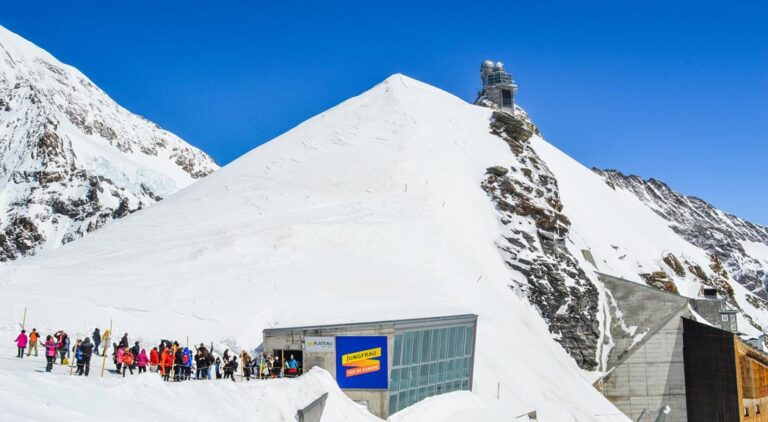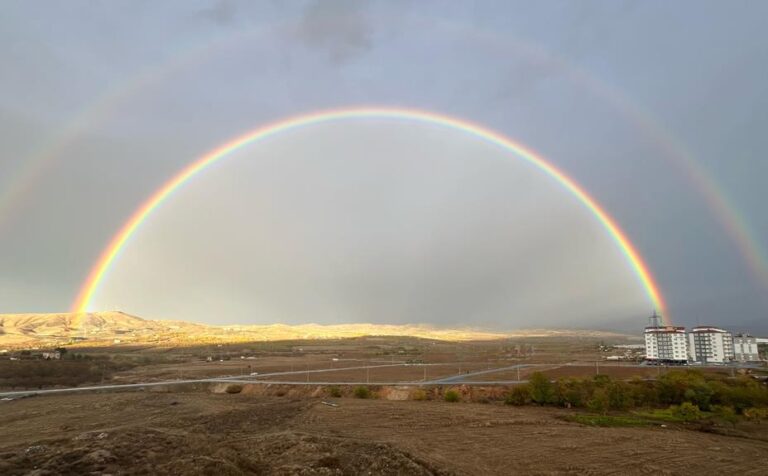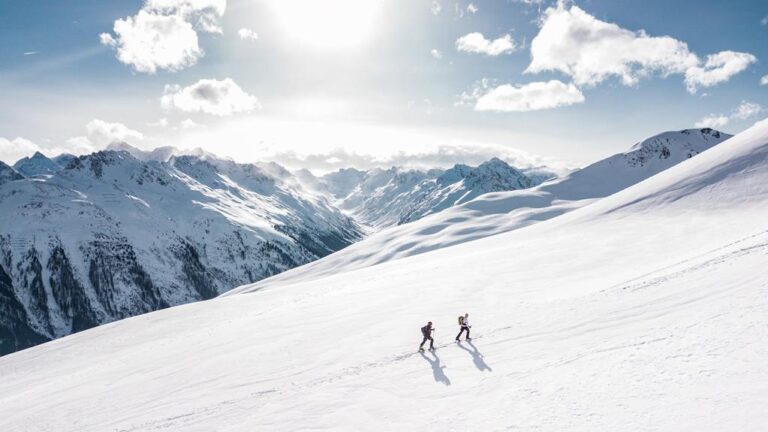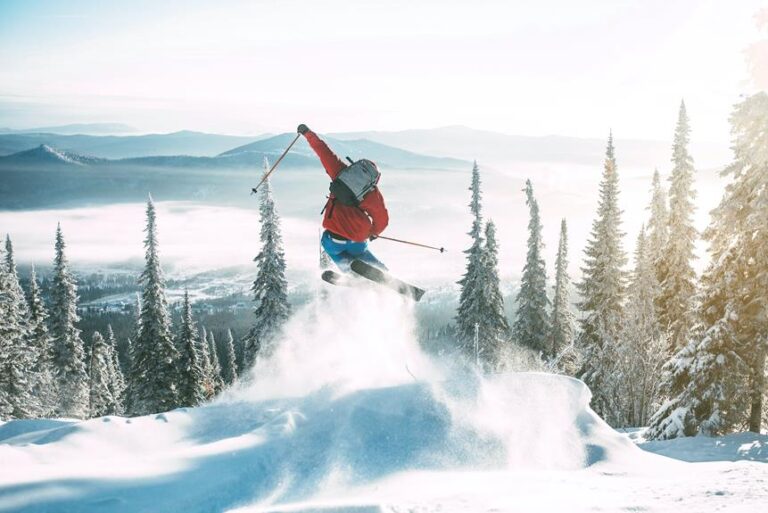Are Ski Goggles Necessary – Must Read Insights!
Ski goggles, like a shield against the elements, are the unsung heroes of your winter adventures on the slopes. But are they really necessary?
Picture this: you're carving through fresh powder, the wind whistling past your ears, when suddenly, you're hit by a barrage of blinding snowflakes. Your vision compromised, you struggle to navigate the terrain ahead.
Intrigued? Well, hold on tight, because we're about to explore the reasons why ski goggles might just be the crucial gear you never knew you needed.
Benefits of Ski Goggles
Ski goggles offer essential protection for your eyes, shielding them from snow, sleet, and debris, ensuring your safety on the slopes. They're designed to protect your eyes from the elements and prevent any potential injuries that may occur while skiing or snowboarding.
The goggles protect your eyes from the harsh glare of the sun on the snow, reducing the strain on your eyes and improving your vision. With a wide field of vision, they provide better coverage for your face, ensuring that no harmful UV rays or debris penetrate your eyes.
The snug fit of the goggles, along with their compatibility with helmets, enhances both safety and comfort. They're made with an impact-resistant design, offering superior protection compared to sunglasses.
Additionally, ski goggles are designed to reduce fogging, ensuring that your vision remains clear throughout your time on the slopes. They also come with different lens color options for varying weather conditions, further enhancing visibility and eye protection.
Protection From UV Rays and Windburn
After learning about the benefits of ski goggles, it's important to understand their role in protecting your eyes from UV rays and windburn. Ski goggles provide essential UV protection, shielding your eyes from harmful rays that can lead to eye damage. The wraparound design of the goggles offers additional coverage, minimizing exposure to both wind and sun.
This protection is crucial as it reduces the risk of windburn, preventing discomfort and irritation that can occur when skiing or snowboarding in windy conditions. Additionally, ski goggles with UV protection and anti-fog features enhance eye safety and comfort in varying weather conditions. By wearing properly chosen ski goggles, you can help prevent snow blindness and reduce the risk of eye strain caused by bright sunlight and glare.
Enhanced Visibility and Reduced Glare
To improve your visibility on the slopes and reduce glare, ski goggles offer enhanced clarity and contrast in varying light conditions. Whether you're skiing on a bright sunny day or in overcast weather, these goggles provide the necessary protection and visual enhancement.
When faced with bright sunlight, ski goggles significantly reduce glare, allowing you to see the slopes more clearly. The lenses are designed to filter out harmful UV rays, which not only protects your eyes but also enhances your vision.
In addition to reducing glare, ski goggles also improve contrast, making it easier to distinguish between different terrain and obstacles. This enhanced visibility is particularly important when skiing in hazy or low light conditions, where it can be difficult to see the contours of the slopes.
Choosing the Right Goggles for Your Needs
Consider your specific needs and preferences when selecting the right ski goggles for optimal comfort and performance on the slopes. Ski goggles are essential to protect your eyes from the harsh elements and potential hazards while skiing or snowboarding. When choosing the right goggles for your needs, it is important to take into account various factors such as the conditions, fit and comfort, alternatives, performance, and activity-specific selection.
To help you make an informed decision, here is a table summarizing the key considerations when choosing ski goggles:
| Consideration | Description |
|---|---|
| Conditions | Look for goggles with lenses that offer UV protection, anti-fog treatment, and suitable tint for different weather conditions. |
| Fit and Comfort | Seek goggles with a snug fit, compatibility with helmets, and a wider field of vision for maximum comfort and safety. |
| Alternatives | Explore options like over-the-glasses goggles, prescription inserts, or wraparound sunglasses to cater to specific needs or preferences. |
| Performance | Opt for goggles that provide contrast enhancement, glare reduction, and overall eye protection to improve visibility and safety on the slopes. |
| Activity-specific Selection | Select goggles based on the intensity of your snow sport activity, ensuring optimal waterproofing, comfort, and protection. |
Can You Ski Without Goggles?
Skiing without goggles can compromise your vision and safety on the slopes. Here's why you should always wear ski goggles:
- Protection from the elements: Ski goggles shield your eyes from snow, sleet, and wind, ensuring clear vision even in harsh weather conditions. Without goggles, these elements can impair your visibility and make it difficult to navigate the slopes safely.
- Enhanced vision: Ski goggles offer a wider field of vision compared to sunglasses, allowing you to see more of your surroundings. This increased peripheral vision is crucial for spotting potential hazards and other skiers on the slopes.
- Safety features: Goggles provide better coverage for your face, protecting your eyes from debris and potential injuries. They also reduce glare, enhancing contrast and making it easier to distinguish changes in terrain.
- Compatibility with other gear: Ski goggles are designed to be worn with helmets, ensuring a secure fit and reducing the risk of goggles slipping or fogging up. Sunglasses, on the other hand, may not provide the same level of stability and can be easily displaced during intense skiing.
Frequently Asked Questions
Can I Wear Sunglasses Instead of Ski Goggles?
You can wear sunglasses instead of ski goggles, but there are pros and cons to consider. Sunglasses offer protection from wind and light conditions, but goggles provide better eye protection, wider vision, and reduced fogging.
Why Do People Wear Goggles When Skiing?
When skiing, people wear goggles for several reasons. They provide advantages like protecting your eyes from wind, snow, and UV rays. There are different types available, so make sure to choose the right ones for your needs.
Can You Wear Cycling Glasses for Skiing?
Yes, you can substitute cycling glasses for skiing, but they may not provide the same visibility advantages and could have fogging issues. Ski goggles are specifically designed to protect your eyes from snow, debris, and UV rays.
Do Ski Goggles Prevent Snow Blindness?
Yes, ski goggles do prevent snow blindness. They shield your eyes from the bright light and reflection off the snow, preventing UV damage. Choosing the right tint and polarized lenses further enhance the benefits.
Conclusion
So, are ski goggles necessary?
Absolutely! Ski goggles provide crucial protection for your eyes and ears in cold weather. They enhance visibility, reduce glare, and shield you from harmful UV rays and windburn.
With the right goggles, you can ski with confidence and enjoy the slopes without worrying about blinding sun rays or cold weather debris.
Don't hit the slopes without your trusty ski goggles!






